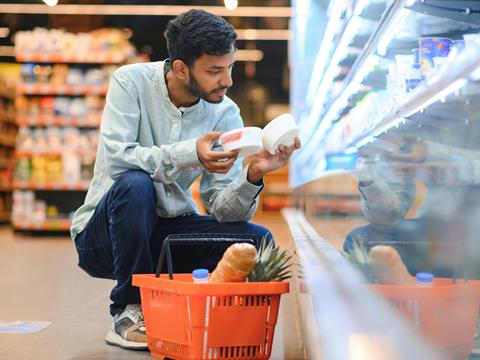
What does packaging sustainability look like in one of the largest and fastest-growing consumer markets on earth? India, which is set to become the third-biggest global economy by the 2030s, is currently witnessing a paradigm shift in how packaging is perceived, produced, and consumed. Rajesh Khosla, CEO of AGI Greenpac Limited, tells us more.
The present landscape of sustainable packaging in India
The Indian packaging industry plays a critical role in multiple sectors, including food and beverages, pharmaceuticals, and personal care. Traditionally, convenience and cost-effectiveness have driven packaging choices, but sustainability is now emerging as a key consideration. This shift is evidenced by several trends indicating a growing commitment to environmentally responsible packaging solutions
Government policies are playing a crucial role in shaping the sustainability narrative. The Plastic Waste Management Rules and Extended Producer Responsibility (EPR) framework are compelling businesses to rethink their packaging strategies.
With bans on certain single-use plastics and stricter waste management guidelines, companies are actively seeking sustainable alternatives. This regulatory landscape is particularly favorable to glass packaging, with its inherent recyclability and alignment with EPR goals
Consumers today are more conscious of their choices, increasingly favouring brands that prioritise sustainability. A growing number of Indian consumers are willing to pay more for environmentally friendly products. This shift is prompting businesses to innovate and adopt eco-friendly packaging materials, such as biodegradable polymers, glass, and plant-based alternatives.
Companies across sectors are exploring new-age materials that reduce environmental impact. Compostable packaging, paper-based alternatives, and recycled glass containers are gaining traction.
Glass, in particular, stands out as a highly sustainable option due to its recyclability, non-toxicity, and ability to preserve product integrity. We believe that glass is not merely a sustainable option, but the premier packaging material for brands that prioritize both environmental responsibility and product quality.
A shift from a linear ‘use-and-dispose’ model to a circular economy approach is being embraced by brands and manufacturers. Businesses are investing in closed-loop recycling systems, where packaging materials are designed to be reused, repurposed, or recycled at scale. Glass packaging, with its infinite recyclability, aligns well with this vision and presents an opportunity for businesses to reduce their environmental footprint.
The road ahead
The journey ahead will be shaped by continued innovation, collaboration, and policy evolution. Some key trends are likely to define the future of sustainable packaging in India:
Greater adoption of recyclable and returnable packaging: Businesses will increasingly move towards packaging that can be collected, cleaned, and reused. The returnable glass bottle model, already a well-established practice in the beverage industry, is expected to expand into new sectors. We foresee a significant surge in demand for standardized, returnable glass packaging solutions across various industries, providing a robust infrastructure for circularity. This will not only reduce waste but also promote a more responsible consumption pattern.
Technological advancements in packaging materials: Innovations in material science will drive the development of more sustainable packaging options. We can expect to see an increase in bio-based and compostable materials that offer the functionality of traditional packaging while minimising environmental impact. Research into lightweight glass packaging, which reduces carbon emissions during transportation, is another area of focus.
Policy reforms and industry standards: Regulatory frameworks will continue to evolve, pushing businesses to integrate sustainability into their core strategies. Stricter EPR mandates and incentives for sustainable practices will encourage companies to invest in eco-friendly solutions. Industry bodies may also establish clearer sustainability benchmarks to guide packaging manufacturers towards greener alternatives.
Expansion of recycling infrastructure: For sustainable packaging to be truly effective, India’s recycling ecosystem must evolve in parallel. Increased investment in waste collection, sorting, and recycling infrastructure will be crucial in ensuring that recyclable materials such as glass, paper, and metal are efficiently processed and reintroduced into the supply chain.
Consumer-led transformation: Ultimately, consumer awareness and behaviour will play a decisive role in the future of sustainable packaging. As sustainability becomes a key purchase driver, brands will be incentivised to integrate eco-friendly packaging into their offerings. Transparent communication around packaging choices, recyclability, and environmental benefits will further strengthen consumer trust and drive widespread adoption.
A collaborative path forward
The transition to sustainable packaging is a shared responsibility that extends beyond manufacturers and policymakers - it involves consumers, retailers, and industry leaders working together towards a common goal.
India has the potential to set a global example in sustainable packaging, provided all stakeholders embrace a long-term vision. Through continuous innovation, regulatory support, and collective action, we can pave the way for a future where packaging not only protects products but also safeguards the planet.
If you liked this story, you might also enjoy:
The ultimate guide to the Packaging and Packaging Waste Regulation in 2025
How are the top brands progressing on packaging sustainability?
Everything you need to know about global packaging sustainability regulation in 2025
The key to increasing the use of reusable packaging in supermarkets

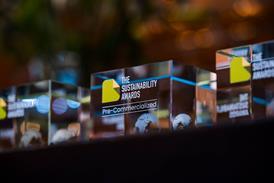

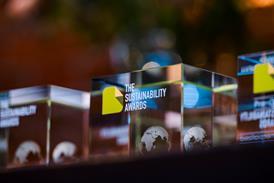
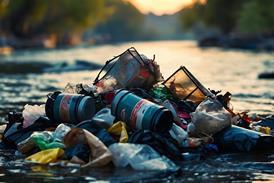
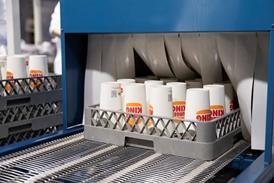












No comments yet